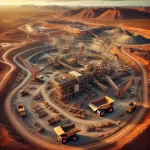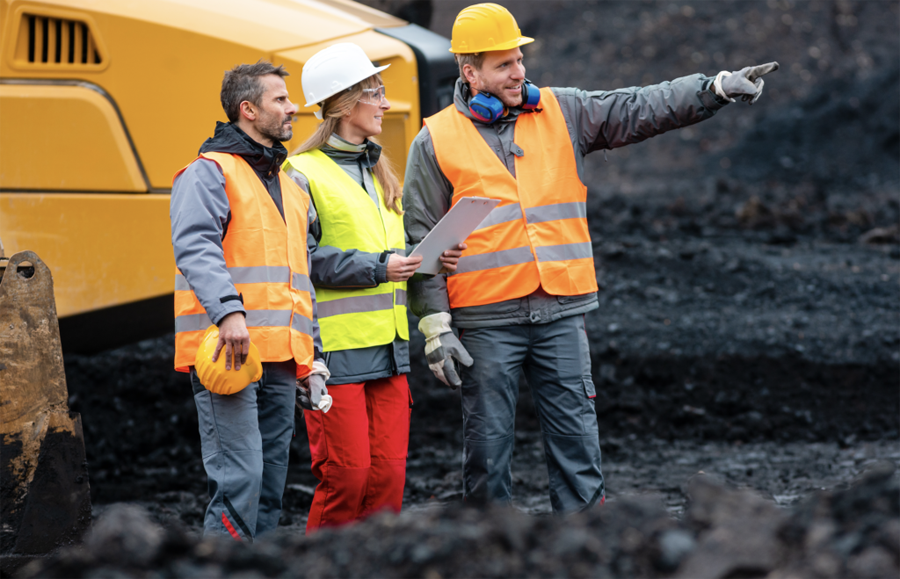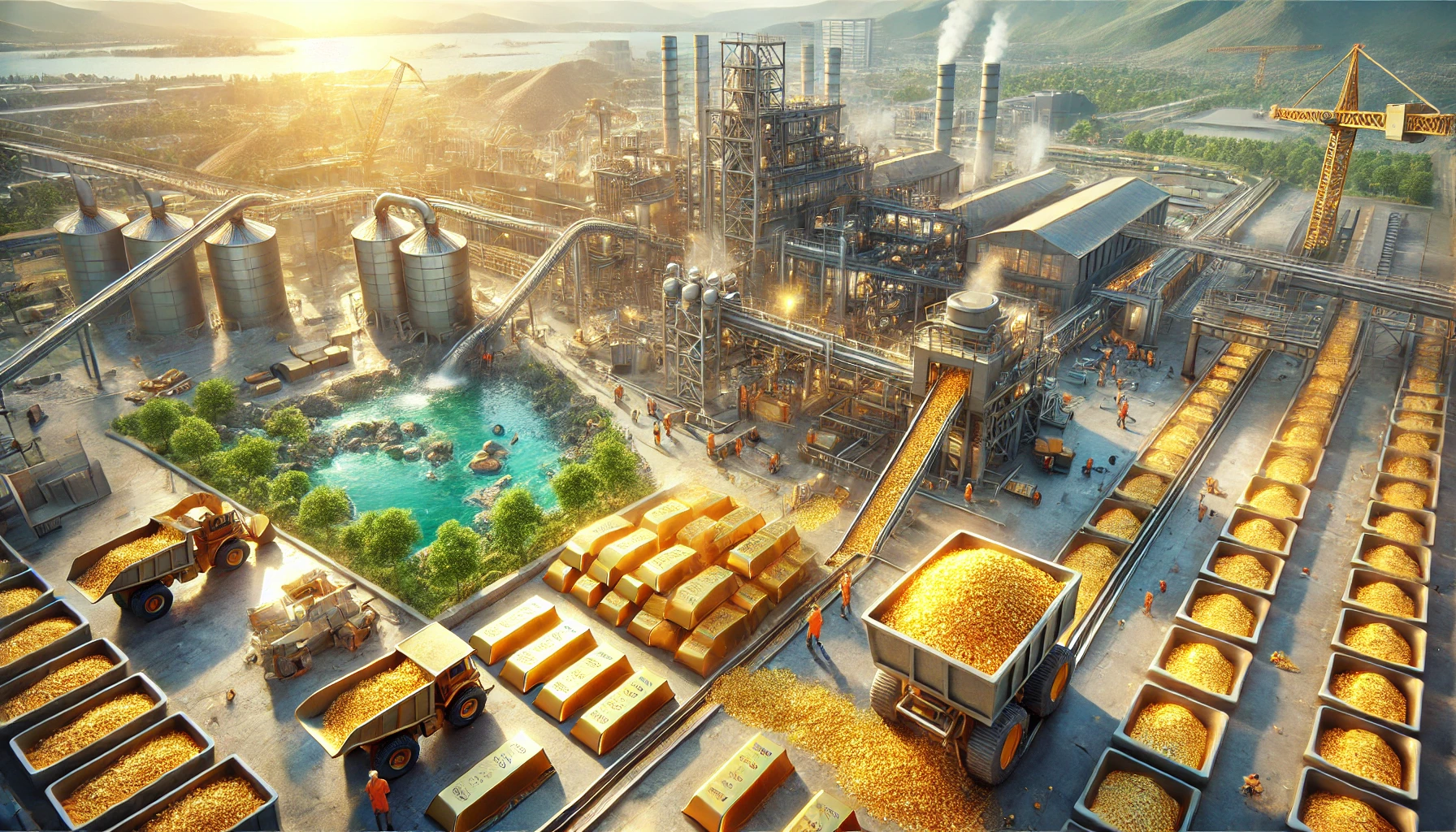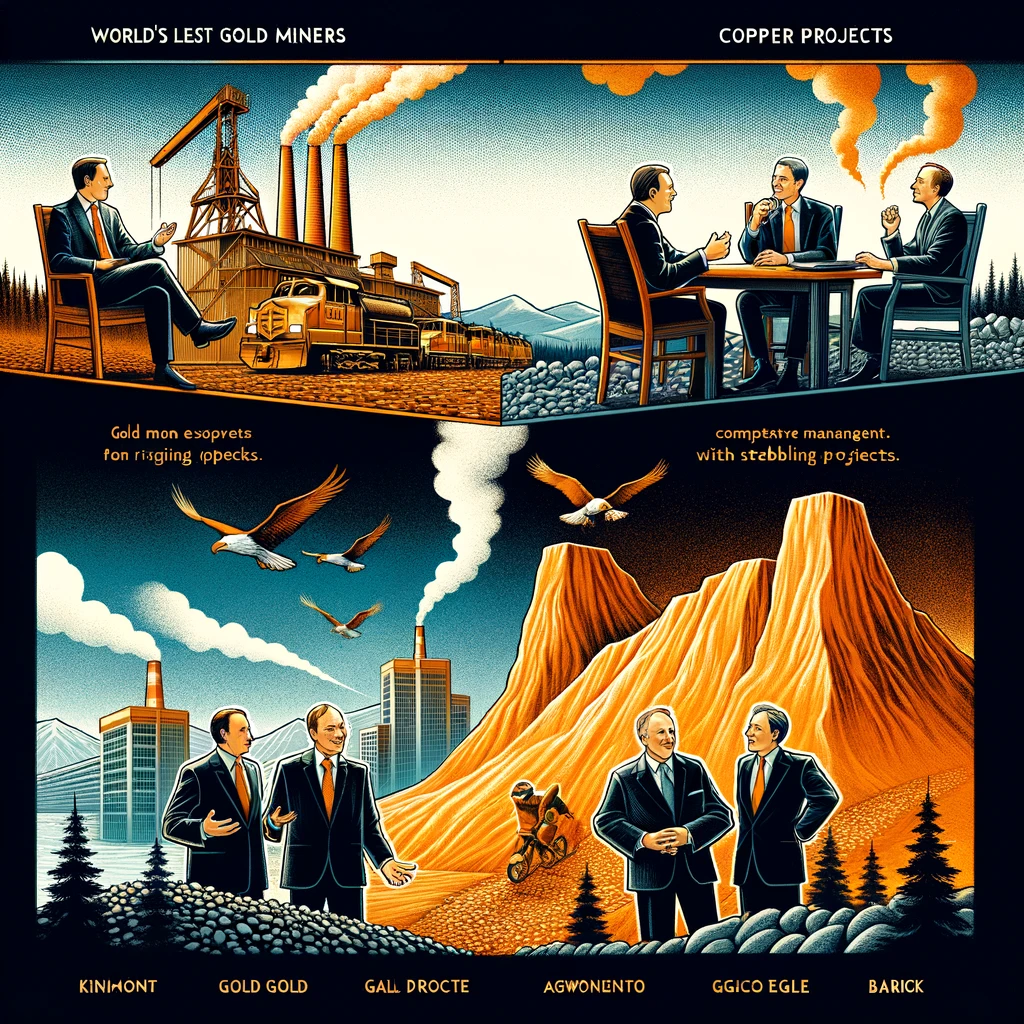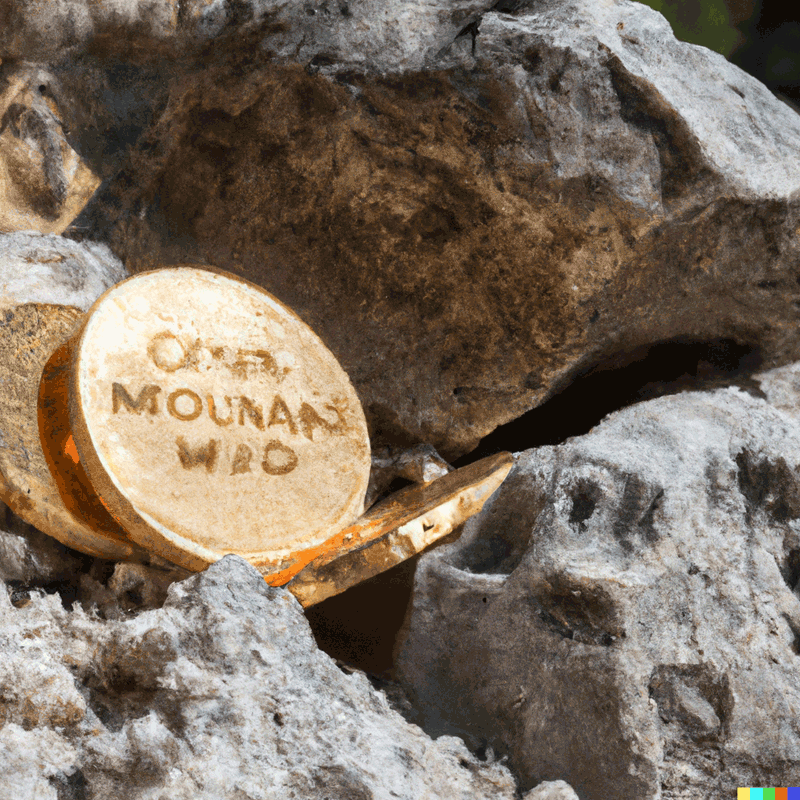The future of the global mining industry is closely connected to the future of the global mining workforce. As the world enters an era of major technological advances, the global mining workforce is increasingly being shaped by the impact of automation, digitalization, and the rise of robotics. Automation is rapidly replacing manual labor in the mining sector, freeing up manual labor for more specialized tasks and allowing for the development of new technologies that can improve safety and efficiency.
Digitalization has enabled mining companies to access large amounts of data and use analytics tools to gain insights into the workings of their operations. This has enabled them to optimize resource utilization, reduce costs, and increase productivity. The rise of robotics is also having a major impact on the global mining workforce. Robotics and automation are allowing for faster and more efficient mining operations, while reducing the amount of manual labor required.
This has the potential to increase productivity, reduce costs, and reduce the amount of manual labor needed to operate a mine. In order to ensure the future of the global mining workforce, governments and companies must be proactive in investing in education and training for the current and future generations of miners. This includes encouraging the uptake of digital skills, such as data analytics and automation, as well as providing access to the latest technology and equipment.
Additionally, it is important to ensure that miners have access to the necessary safety and health protections. Ultimately, the future of the global mining industry is closely linked to the future of its workforce. As the industry continues to evolve, the need for skilled and knowledgeable miners will only continue to increase. With the right investments in education and training, the global mining workforce can be prepared to take advantage of new opportunities and technologies, while remaining safe and productive.



